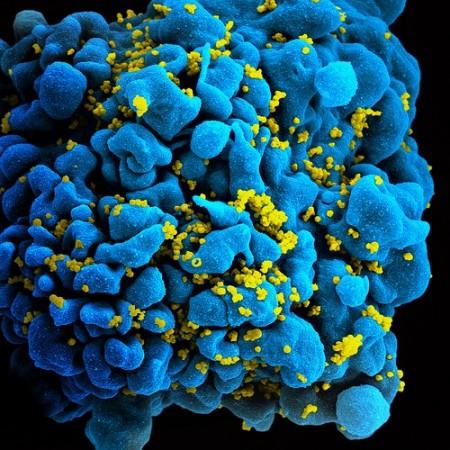
HIV virus has become less harmful than in the past and is increasingly losing its ability to cause AIDS, according to researchers.
A study of 2,000 women in Africa, conducted by researchers from the University of Oxford, has revealed that HIV strains are evolving rapidly and becoming weaker in the process.
Researchers found that the virus has lost its ability to replicate and become weak while adapting to the immune system. This process has turned the HIV into a less dangerous form, reducing its ability to cause AIDS, BBC reported.
"[Then] the virus is trapped between a rock and hard place, it can get flattened or make a change to survive and if it has to change then it will come with a cost," Prof Philip Goulder, from the University of Oxford, told BBC.
For the study, Goulder and colleagues compared HIV infection in two groups of women in Botswana and South Africa.
HIV had set its foot in Botswana much before South Africa. Results showed that the HIV had lost its ability to replicate in Botswana compared to in South Africa. "It is quite striking. You can see the ability to replicate is 10% lower in Botswana than South Africa and that's quite exciting," Prof Goulder told the BBC News website. "The virus is slowing down in its ability to cause disease and that will help contribute to elimination."
Additionally, the study also found that anti-retroviral drugs were also highly effective in turning HIV mild. The drugs facilitated this by attacking the aggressive forms of HIV than the milder one.
The authors expected that this evolution will one day help eradicate the disease . "HIV adaptation to the most effective immune responses we can make against it comes at a significant cost to its ability to replicate," Goulder told Livemint. "Anything we can do to increase the pressure on HIV in this way may allow scientists to reduce the destructive power of HIV over time."
Till date, more than 60 strains of HIV-1 have been identified. An HIV infection normally causes AIDS within 10 years from the time of infection. Nearly 35 million people were affected with HIV infection in 2013. The same year, about 2.1 million new cases and 1.5 million AIDS-related deaths have been reported.









